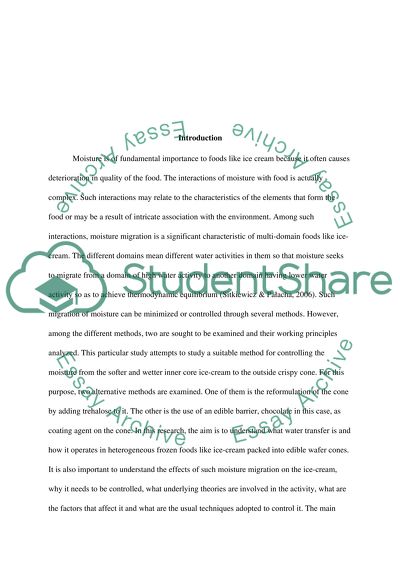Cite this document
(“A Study Of Multi-Domains Food Systems Research Paper”, n.d.)
Retrieved from https://studentshare.org/technology/1499946-a-study-of-multi-domains-food-systems
Retrieved from https://studentshare.org/technology/1499946-a-study-of-multi-domains-food-systems
(A Study Of Multi-Domains Food Systems Research Paper)
https://studentshare.org/technology/1499946-a-study-of-multi-domains-food-systems.
https://studentshare.org/technology/1499946-a-study-of-multi-domains-food-systems.
“A Study Of Multi-Domains Food Systems Research Paper”, n.d. https://studentshare.org/technology/1499946-a-study-of-multi-domains-food-systems.


